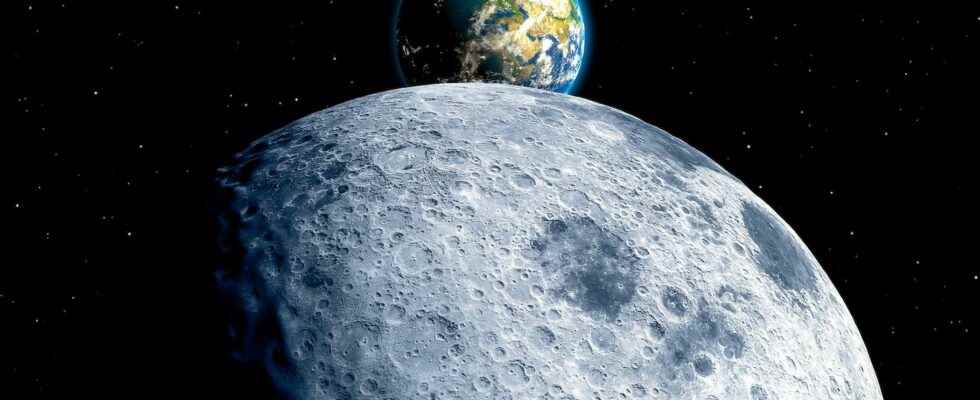Finding glass on the Moon, even on its far side, is hardly surprising. But the spheres discovered by the Chinese Yutu-2 mission are of a rather special type. Larger than those identified so far. And translucent.
You will also be interested
[EN VIDÉO] Landing of Chang’e 5 on the Moon The Chinese Space Agency invites us to relive the landing of Chang’e 5 on the visible side of the Moon on December 1, 2020. The lander landed in the Stormy Ocean for an express sampling mission . This is the first time in over 40 years that moon rocks will be brought to Earth.
The dark side of the Moon definitely does not stop talking about it at the moment. As an unidentified object prepares to crash into it, the researchers at the helm of the Chinese Yutu-2 mission — the mission that had already pointed a strange substance almost two and a year ago mysterious cubic shape more recently — announce to have discovered there two small balls of translucent glass. Spheres with a diameter between 15 and 25 millimeters.
Glass, researchers have already found on the Moon. Glass is formed from silicate, a material very present on our satellite. And at high temperatures. Like those that exist at the heart of volcanoes or after meteor impacts. But until then, most of the glass spheres found on the Moon had a diameter of less than one millimeter. Although 40 millimeter balls had been identified by the mission Apollo 16.
Glass spheres to study
These new marbles could have been formed from volcanic glass. Then having been melted again by a meteorite impact. To finish in surprising glassy spheres. A bit like the pebble-sized objects, tektites, which researchers are familiar with on Earth. And according to the researchers, these marbles could even be quite common on the Moon.
They could carry with them information about the history of our satellite. On the composition of sound coat and the impacts it has suffered. For this, it will be necessary to study its composition. Why not by targeting these regions of the far side of the moon to take some samples?
Interested in what you just read?
